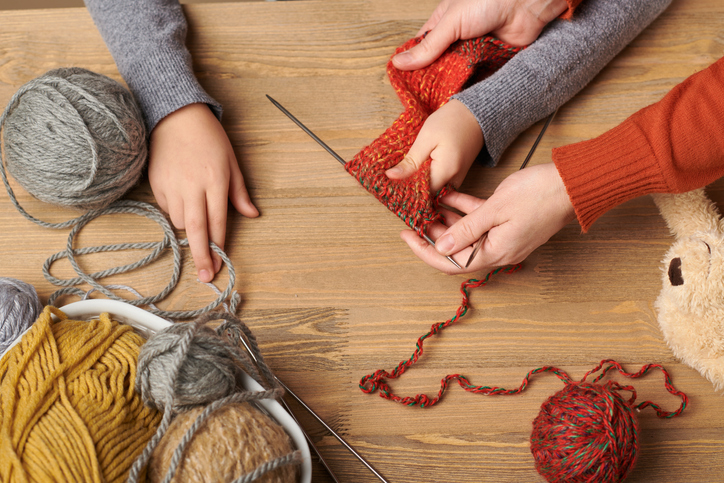Editor’s note: Sophie Hardaker is principal at Incite, a London-based strategic research consultancy. This is an edited version of a post that originally appeared under the title, “Growth trends in the crafting sector.”
The crafting market is often seen as a niche sector appealing to a narrow demographic. The truth couldn’t be more different. Activities such as baking, needlework, pottery, wood crafts and jewelry attract about £3.4 bn of spend in the U.K. and appeal to a broad participant base. This includes younger people, with 73% of 16-34-year-olds having participated in a craft in the last 12 months.
National lockdowns have encouraged people to discover (or re-discover) home-based pastimes, contributing to a record year for crafting. However, even pre-pandemic the sector had been in sustained growth; Hobbycraft, the U.K.’s largest arts and crafts retailer, experienced its eighth consecutive year of growth in 2019.

Disruptive business models and fresh brands
What has contributed to this success and what can other sectors learn from a vibrant and innovative sector?
Disruptive business models have been a key source of growth, opening up age-old activities to new customer types. Direct-to-consumer needlecraft brand Wool and The Gang is a great example of this, with its range of fashion-focused kits attractive to all experience levels. The brand boasts over 400,000 Instagram followers and a similar number of monthly website visits, earning it praise for “bringing knitting into the 21st century.”
Recently, subscription models have also taken off in the space, providing greater convenience and the excitement of new “experiences” through a monthly delivery. Makebox & Co is a leading U.K. brand in the space curating everything from printmaking and ceramics to needle crafts.
How brands and retailers can sustain growth
Market growth has also been supported by macro trends. Recognition of the mental health benefits of practicing mindfulness and digital detox heightened during the pandemic. During March 2020, Google searches for mindful activities more than tripled vs. the previous year. A magazine series tapping into this trend is Mindful Crafting, which shares tips on how to bring mindfulness into specific crafting projects, alongside tutorials and inspiration.
Crafting also links to the rise in conscious consumption. A desire to repair clothes rather than buy new ones, combined with an appetite for authentic and personalized products, has driven consumers to crafts. “Craftrepreneurs” have been selling finished products through Etsy, driving further awareness and creative inspiration.
Looking forward, we expect consumers to continue to seek mindful experiences and attach value to authenticity and sustainability, which align well with sustained interest in the sector. However, crafters also desire creativity and newness. This demand will only heighten as lockdowns end and crafting must compete with a greater range of hobbies. The brands and retailers that will thrive post-pandemic will be those able to provide the inspiration and innovation required to keep crafters engaged – spanning products, marketing communications and channel delivery.
